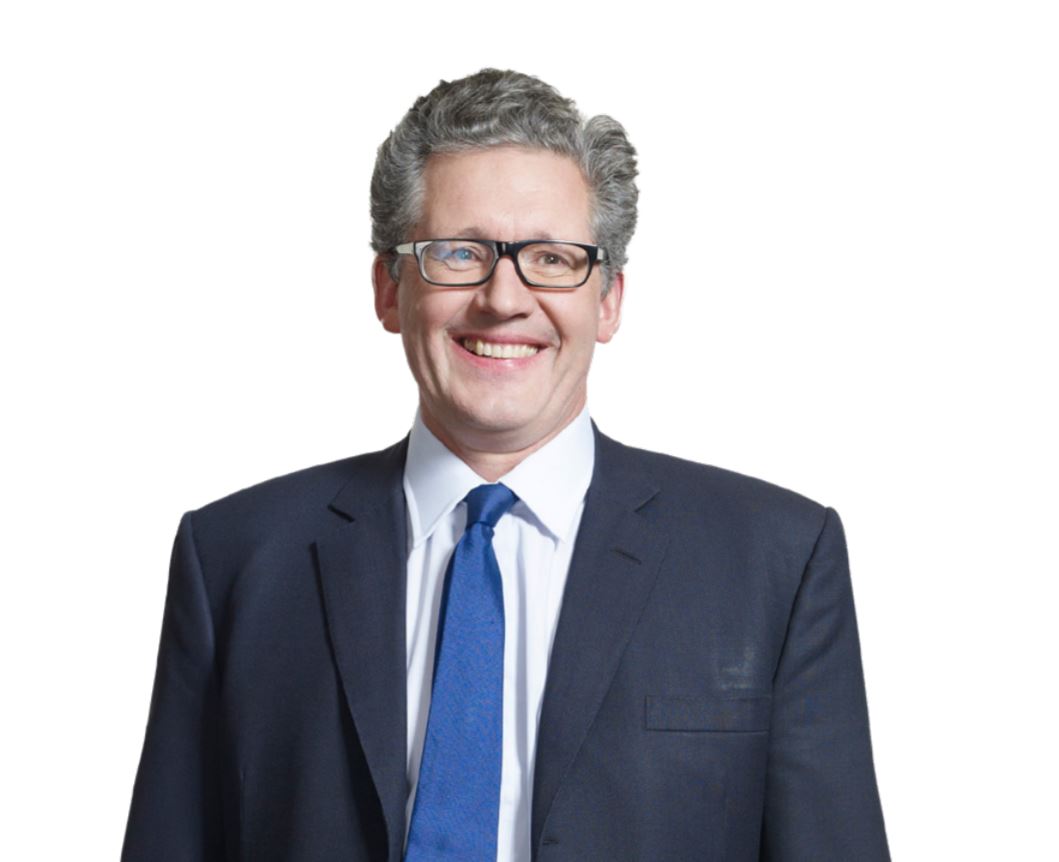High yield bonds were one of the principal beneficiaries of the adoption of quantitative easing (QE) by the US’ and other central banks in response to the global financial crisis. This new wave of monetary policy provided little incentive for savers to deposit cash as long-term interest rates were forced down to unprecedented low levels, unleashing powerful ‘reach for yield’ dynamics as investors searched far and wide for higher returns. This pushed global high yield credit spreads down to lows of 3.6% and absolute yields to 4.9%, in June 2014 (source Bloomberg).
The fallout from the orgy of credit that characterised the run-up to the global financial crisis was mitigated by aggressive central bank policy, which ensured a surprisingly orderly refinancing of the banks’ highly indebted balance sheets. As such, the level of distress was actually quite low compared to earlier cycles and given the scale of the 2008 crisis. In the end, the market reached absurd valuation levels and, with the winding down of the QE programme (‘taper tantrum’), a bear market cycle began to unfold. This was unusual and due to the disconnection between the market and underlying cyclical fundamentals, a direct result of central bank intervention.
The mispricing of an asset normally creates the conditions that lead to a reversal in its fortune, which allows a move back towards its long-term fair value. The post financial crisis bull market in high yield bonds is a particularly good example. Lower quality companies were able to refinance too easily, and, in many cases, took on too much cheap debt, leaving themselves vulnerable to a sustained low growth, low pricing power environment or to material changes in pricing. An example is the shale oil and gas sector which was able to access a seemingly inexhaustible amount of cheap debt at rates wholly incommensurate with the risks. The energy sector made up 9% of the US high yield bond market 10 years ago and rose to become 15% of the market before the oil price began its freefall.
The sell-off in the high yield bond market, partly triggered by the decline in oil prices, undermined confidence in credit markets, and, by extension, growth assets generally. This, in turn, culminated in the cathartic sell-off in January and February 2016 and propelled high yield bonds, formerly so expensive, to what we considered end-of-cycle levels and relatively cheap. Nominal bond yields reached levels in excess of 10% (in the US) and spreads had gone from lows of 335 to 890 basis points (source Bloomberg).
Such levels discounted a rise in default rates to well above 8%, the equivalent of pricing in a recession. Market price behaviour in this episode was typical of how, over the short term, investors can become detached from fundamental reality. This prompted us to re-establish a position from a zero weight across our multi-asset total return strategies, believing as we did that the current low growth, low interest rate cycle has considerably further to run. Having arguably been among the least attractive growth assets, high yield bonds had become the most attractive in the short space of two years.
We re-allocated to high yield bonds sooner than we had originally anticipated. Circumstances presented an opportunity to buy assets at a risk premium, which arguably offered investors the prospect of very attractive risk-adjusted returns over the medium term, even if this featured a relatively severe recession. Furthermore, through careful ‘bottom-up’ selection of individual securities, we were able to lower the prospective default risk of the position, compared with simply owning a passive exposure to the asset class. As long-term investors became aware of the attractiveness of high yield valuations, markets rallied powerfully. High yield spreads have now fallen sharply from 890 to 700 basis points, rendering the case for high yield less compelling, but given the cyclical dynamics, we still regard it as an attractive asset class over the medium term.
Market dislocations and irrational investor behaviour can present excellent opportunities for medium to longer-term investors who focus on fundamentals and valuations. Of course it is not just about recognising the opportunity, but being able to act rapidly and decisively, because windows of opportunity can, as in this case, close rapidly.
Philip Saunders is Co-Head of Multi-assets at Investec.


